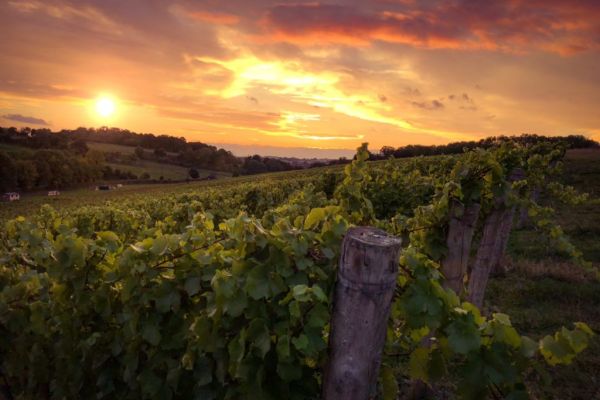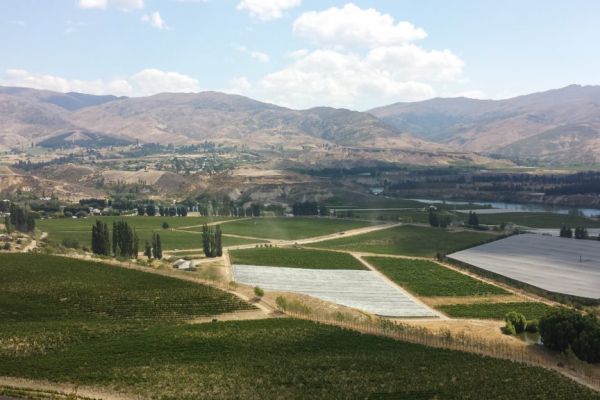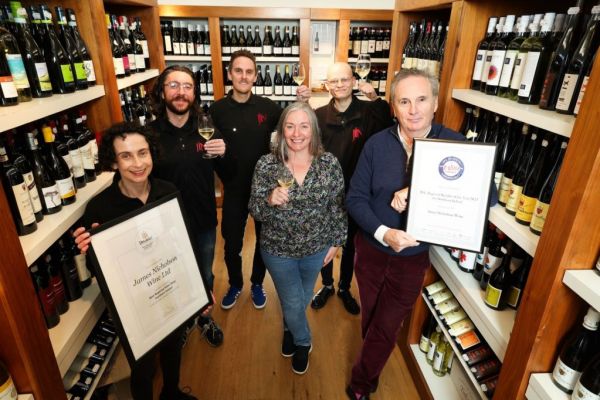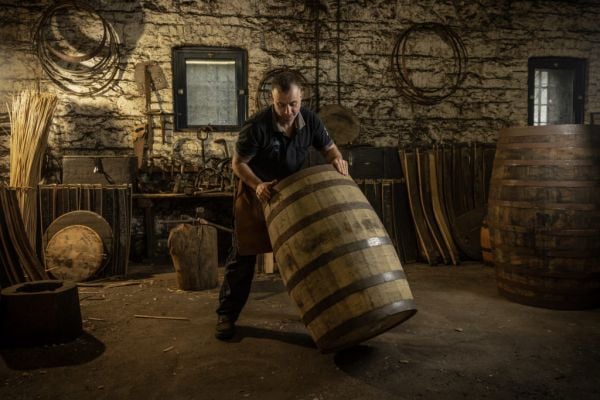When you think of Italian wine, what comes to mind? writes Bloomberg's Elin McCoy
Ever-foaming prosecco, perhaps? Tanker ships of pinot grigio? Or maybe it’s big-deal reds from Tuscany and Piemonte, with three-digit price tags attached.
It’s time for a fashion update. The big buzz right now is for whites from southern Italy, the land of still-active volcanoes, sun-drenched beaches, and 80 per cent of the country’s olive trees. It’s also where you’ll find off-beat grape varieties few wine geeks have ever heard of. The best of the bottles that are made from these are great wine buys, offering surprising depth and character at bargain prices.
Which is why I moderated a tasting panel on them this month at VINO 2016, an Italian wine conference in New York. (My notes on the top wines are below.)
Compared with Italy’s prosperous north, the south—Campania, Puglia, Calabria, and Sicily—was long the country’s poor cousin, focused on producing bulk red used to plump up thinner wines elsewhere and decidedly rustic whites.
Recent History
Since the beginning of the 21st century these regions have been in the throes of a wine renaissance, brought about by scores of talented, passionate winemakers obsessed by the hundreds of enticing but nearly forgotten ancient grape varieties that flourish in Italy. High-quality reds came first, and the recent spread of cold fermentation technology has radically transformed the whites.
Let’s start in Sicily. If everything you know about wine on this island comes from watching the scene in The Godfather Part I in which pitchers of basic red are passed around and poured into water glasses at a wedding, you’re way behind. Today’s wines are cutting edge.
The hot spot is Mt. Etna. Wines from its steep, volcanic-ash-strewn vineyard slopes are the Italian success story of the past decade.
When I first visited there in 2001, it seemed the most inhospitable wine spot on the planet, shadowed by a brooding 11,000-foot-high volcano that lets out periodic booms and flashes of smoke.
Twisted old vines are rooted in tiny patches of vineyard at 3,000 feet above sea level, edged with piles of lava stones. This stark landscape and the highly distinctive, salty, earthy wines have drawn some of Italy’s most eccentric producers, even seducing a former banker. From about five quality estates, the number has grown to 110.
Pioneers Andrea Franchetti of Passopisciaro winery and Italian-American wine broker Marco di Grazia of Tenuta delle Terre Nere are the showmen who excited international interest in Etna, while Belgian wine fanatic Frank Cornelissen pursues natural wines that have a cult following. The main grape on Etna is Carricante, and it’s often blended with another Sicilian white, Catarratto.
The late great winemaker Marco di Bartoli, on the other side of the island, put his faith in dry wines made from Grillo, which used to go into sweet Marsala.
Calabria and Puglia
Next, you should know about nearby Calabria, often called the “toe” of Italy. Since 90 percent of the land is mountains, the amount of wine produced there is still modest. The wine scene is still evolving, but its output is all about native grapes such as Mantonico.
Puglia, the region known as Italy’s “heel of the boot,” has become a food and travel destination with a long coastline of beaches dotted with thalassotherapy spas. There, the first wines to gain attention were hearty reds from such grapes as Negroamaro, but several wineries, such as Masseria Li Veli (see below) have also recently championed such local whites as Verdeca that have the kind of personality that elbows chardonnay aside.
Campania, whose main city is Naples, is the birthplace of opera and thin-crust pizza and home to another volcano, Vesuvius. And it’s where the wine revival in southern Italy first began some 25 years ago.
Almost half of Campania’s wines are white. Although there are dozens of varieties, Fiano wines from the Avellino subregion and Greco Biancos from the town of Tufo are vying for the top spot. Both grapes were rediscovered by famous wine estate Mastroberardino, which promoted them tirelessly. Today, tiny family wineries, such as Ciro Picariello, are making some of the best examples.
Wines from these grapes were around, admittedly not quite in the same form, when lava flows destroyed Pompeii. Think of them as drinking history.
My Eight Top Bottles
2014 Librandi Ciro Bianco ($12)
One of my go-to whites for every day drinking, this wine made from Greco Bianco grapes (planted in ancient times by the Greeks) near the coast in Calabria is round and fruity, with hints of herbs, flowers and toasted nuts.
2014 Masseria Li Veli Verdeca Askos ($20)
This crisp, scented white from Puglia tastes of citrus, fresh spices, and chalk. It’s made from Verdeca, an ancient grape once used as the base of inexpensive vermouth, and a tiny bit of almost-extinct Minutolo.
2014 Statti Mantonico Bianco ($22)
Mantonico is yet another ancient variety introduced by the Greeks. Golden, intense, this medium-bodied, sleek white from Calabria has the texture of a red and flavors of figs and almonds. Best with a thick fish soup.
2014 Marco de Bartoli Vignaverde Terre Siciliane ($28)
This savory wine comes from one of the best wine estates in Sicily. Made from the Grillo grape, it has jasmine-like aromas and fresh, delicate, elegant flavors. The winery’s Grappoli di Grillo ($34) is even more layered and intense.
2014 Tenuta delle Nere Etna Bianco ($19)
Herbs, fruit, earth, stones, gunflint—the complexity of flavors and scents in this wine are why Etna whites are having a moment. This is one of the most widely available.
2013 De Conciliis Greco di Tufo Oro ($23)
This grape was once cultivated on the slopes of another volcano, Mt. Vesuvius. It’s fresh and crisp and full of personality, with ripe pear and lemon flavors
2014 Ciro Picariello Fiano di Avellino ($25)
A tiny, family-run winery makes this smoky, round textured wine, one of Campania’s top examples from the Fiano grape, grown in a tiny appellation. It’s intense and mineral-driven, with tastes of pine nuts and herbs.
2014 Vestini Campagnano Terre del Volturno Pallagrello Bianco ($31)
This was the first winery to research almost extinct Pallagrillo bianco grape. It’s a very unusual wine, with apricot blossom scents, mineral tastes, and a wonderful soft texture.









